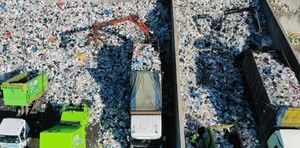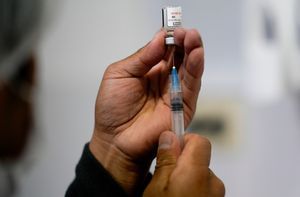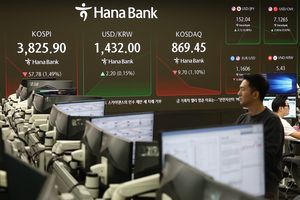
Methamphetamine has been detected in wastewater treatment plants across South Korea.
On the 29th, the Ministry of Food and Drug Safety announced the results of an investigation into the use of illegal drugs each year based on sewage epidemiology from 2020 to 2023.
At least one wastewater treatment plant was selected in each of the 17 cities and provinces nationwide, covering more than 50% of the total population, with additional industrial and port areas included.
In 2020, there were 57 locations, 37 in 2021, 44 in 2022, and 57 in 2023. Among these, 34 wastewater treatment plants were investigated for four consecutive years.
At these locations, sewage was collected quarterly each year for the presence of major illicit drug substances such as methamphetamine, amphetamine, ecstasy (MDMA), and cocaine.
The results were shocking. Methamphetamine was detected in all wastewater treatment plants for four consecutive years. However, the estimated daily usage per 1,000 people decreased compared to 2020.
In the case of cocaine, the estimated national average usage last year increased more than threefold. While it mainly appeared in Seoul, it was detected for the first time in Sejong last year.
The estimated usage of methamphetamine was high in Sihwa, Gyeonggi, and Incheon. Amphetamine use was high in Cheongju and Gwangju. Additionally, ecstasy was high in Sihwa, Gyeonggi, and Mokpo, while cocaine was relatively high in Seoul (Nanji) and Sejong.
The Ministry of Food and Drug Safety stated, “The estimated amount of cocaine use in Korea is low compared to Europe, the United States, and Australia, but strict prevention and management are required to prevent its spread.”











Most Commented